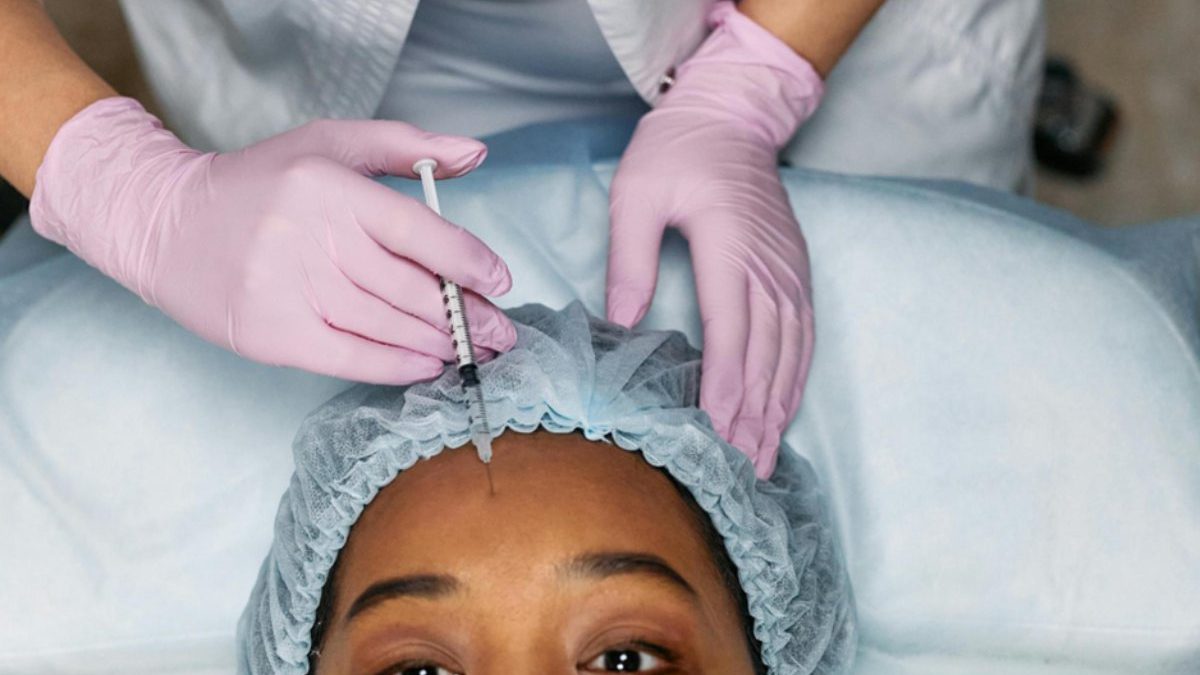Aging gracefully is the mantra of the present day. However, the perception of what it means to age well has evolved significantly. Today, more individuals are turning to surgical and non-surgical procedures to maintain a youthful appearance. Among these, facelifts stand out as a transformational option. But how have facelifts changed over the years, and why are they seen as an effective tool for aging gracefully?
The Evolution of Facelifts
Facelifts have come a long way since their inception in the early 1900s. Originally, procedures were rudimentary and focused on simply tightening the skin. Current techniques, however, dive much deeper, improving not only the skin but also the underlying muscle and tissue. These advancements have led to more natural-looking results.
Who is a Good Candidate?
A good candidate for a facelift is someone in good general health, who has realistic expectations and clearly defined goals. Ideal candidates are typically those experiencing moderate to severe facial aging, such as sagging skin, deep wrinkles, and loss of facial volume. Moreover, those who are committed to maintaining their results with a healthy lifestyle and skincare regimen see the best outcomes. For instance, individuals considering a procedure in a specific region might look into detailed options like a facelift Bay Area to understand the intricacies involved, such as results, recovery, and costs.
Myths and Misconceptions
There are numerous myths surrounding facelifts that contribute to hesitation among potential candidates. One prevalent myth is that facelifts result in an unnatural, ‘tight’ look. However, current techniques aim for natural enhancement, erasing years with minimal tell-tale signs of surgery. Another misconception is that facelifts are only for the elderly. In reality, a significant number of patients are in their 40s and 50s, looking to preserve their youthful appearance before extensive aging sets in.
Understanding the Modern Facelift
The modern facelift, or rhytidectomy, is a comprehensive procedure that addresses multiple signs of aging. This includes sagging skin, deep facial lines, and the loss of youthful contours. Unlike older methods, the modern facelift aims to reposition underlying muscle and fat structures, rather than merely stretching the skin.
Recovery and Results
Recovery from a facelift varies depending on the extent of the surgery, but most patients can expect a downtime of about two to three weeks. Bruising and swelling are common immediately after surgery but typically subside within a month. The results of a facelift can last for up to a decade, especially if patients take care of their skin and overall health.
Cost and Accessibility
The cost of facelifts can vary widely based on location, the surgeon’s expertise, and the extent of the procedure. While facelifts can be a significant investment, many view it as a worthwhile expense due to the long-lasting results. Additionally, payment plans and financing options can make facelifts more accessible to a broader range of individuals.
Non-Surgical Alternatives
While facelifts are highly effective, they are not the only option for those looking to combat the signs of aging. Non-surgical treatments like Botox, fillers, and laser therapies offer less invasive ways to rejuvenate the skin. These methods are often used in conjunction with facelifts to fine-tune results, providing a more comprehensive approach to facial rejuvenation.
Choosing the Right Surgeon
One of the most critical factors in achieving successful facelift results is selecting the right surgeon. Prospective patients should seek board-certified plastic surgeons with extensive experience in facial procedures. Consulting multiple surgeons and reviewing before-and-after photos can help individuals feel confident in their choice.
The Future of Facelifts
As technology and techniques continue to advance, the future of facelifts looks promising. Innovations such as minimally invasive procedures, improved anesthesia methods, and personalized treatment plans are on the horizon. These advancements will likely make facelifts even more effective and accessible, helping more people age gracefully with confidence.
Final Thoughts
Facelifts have indeed transformed the way we approach aging. No longer seen as a last resort for the elderly, current facelifts offer subtle, natural-looking results for anyone looking to rejuvenate their appearance. As techniques continue to evolve, the promise of aging gracefully becomes more attainable, allowing individuals to feel as youthful and vibrant on the outside as they do on the inside.

